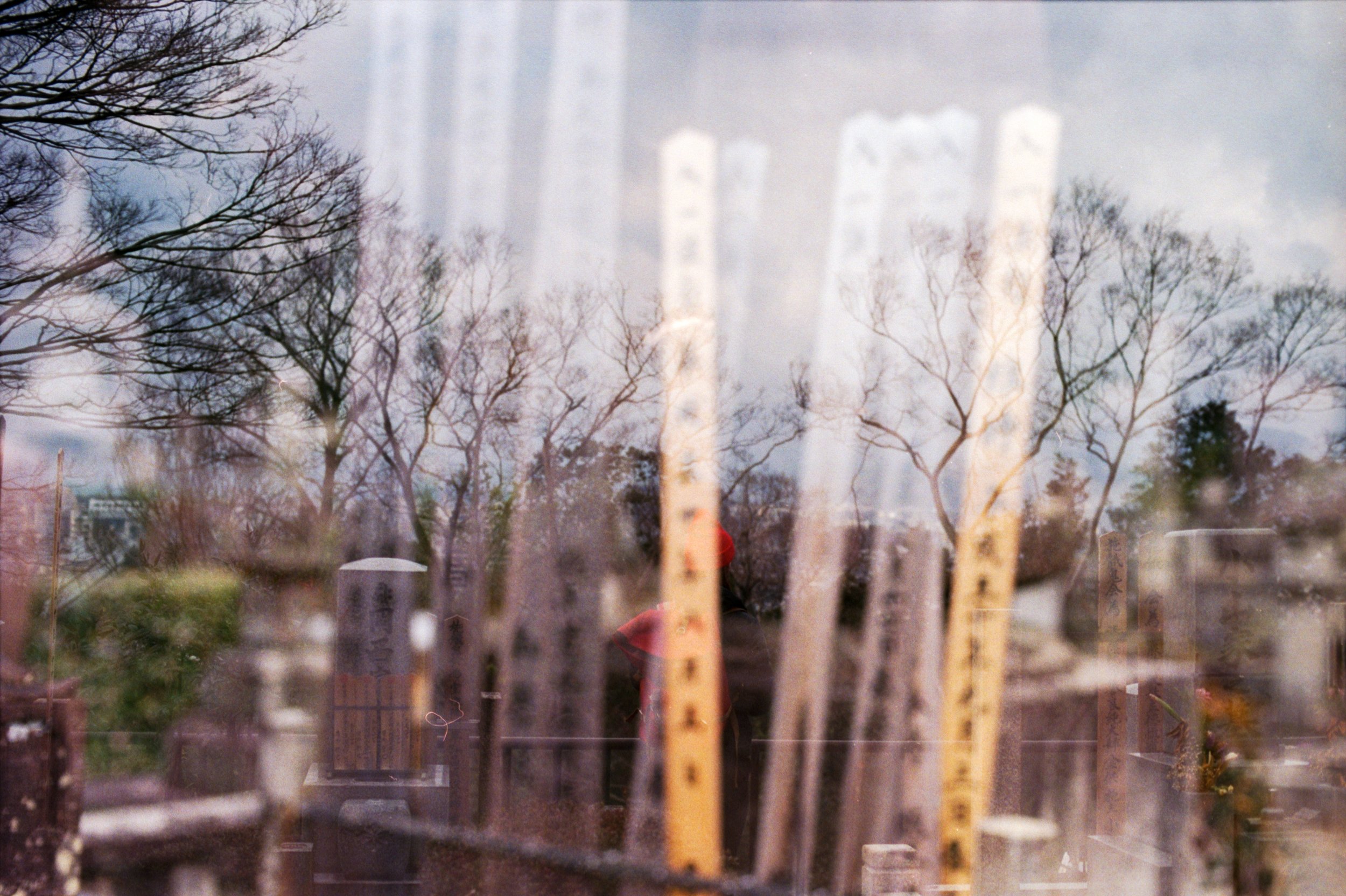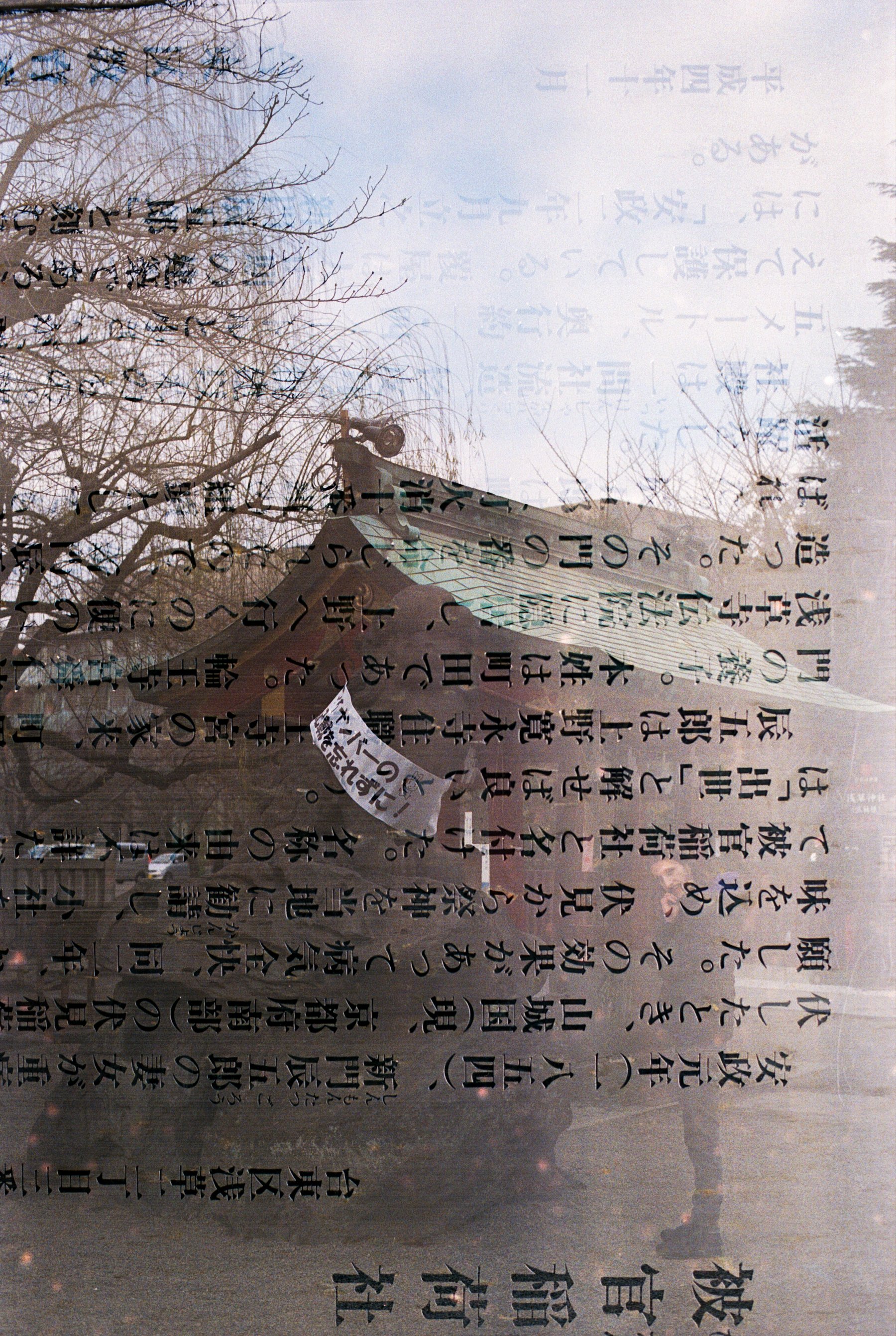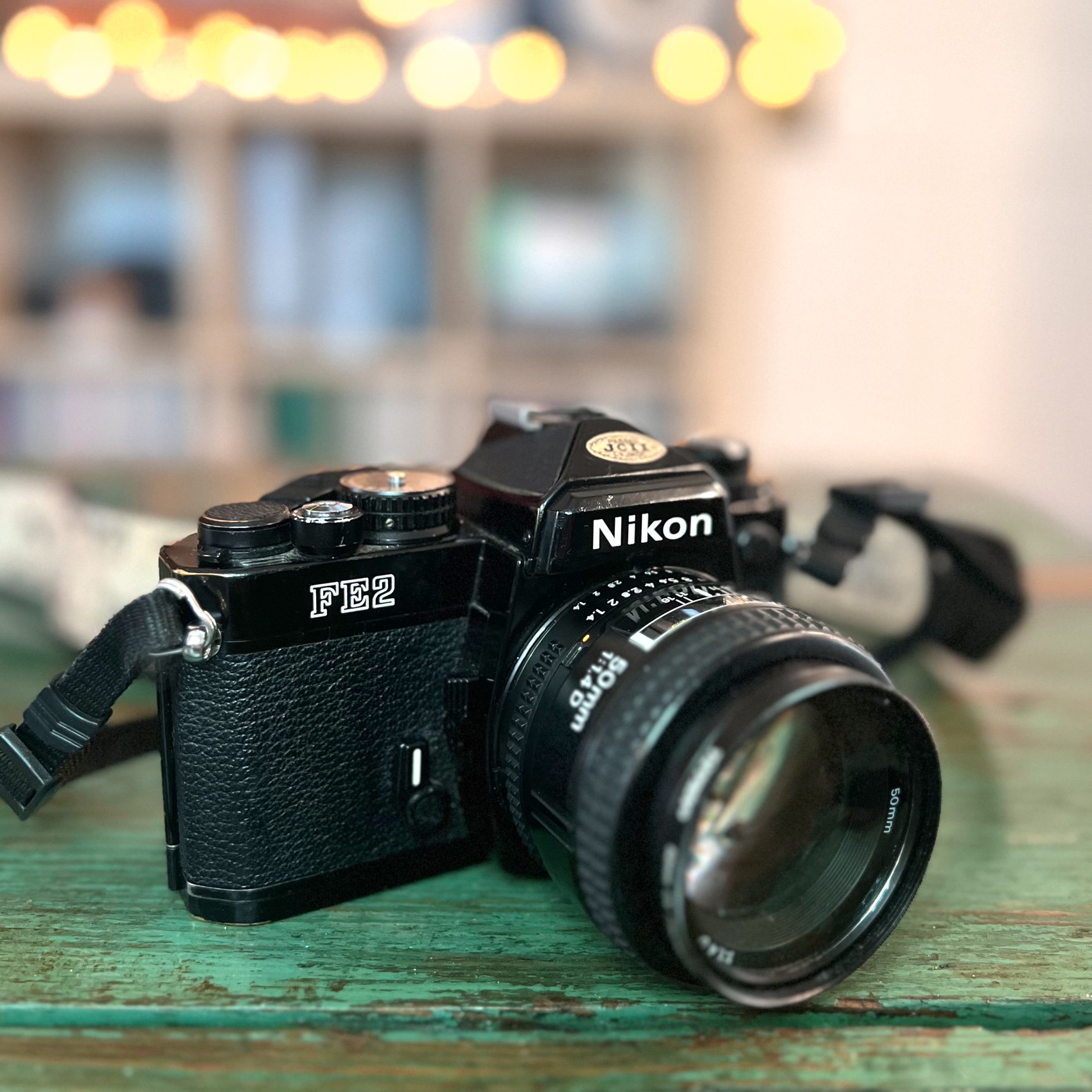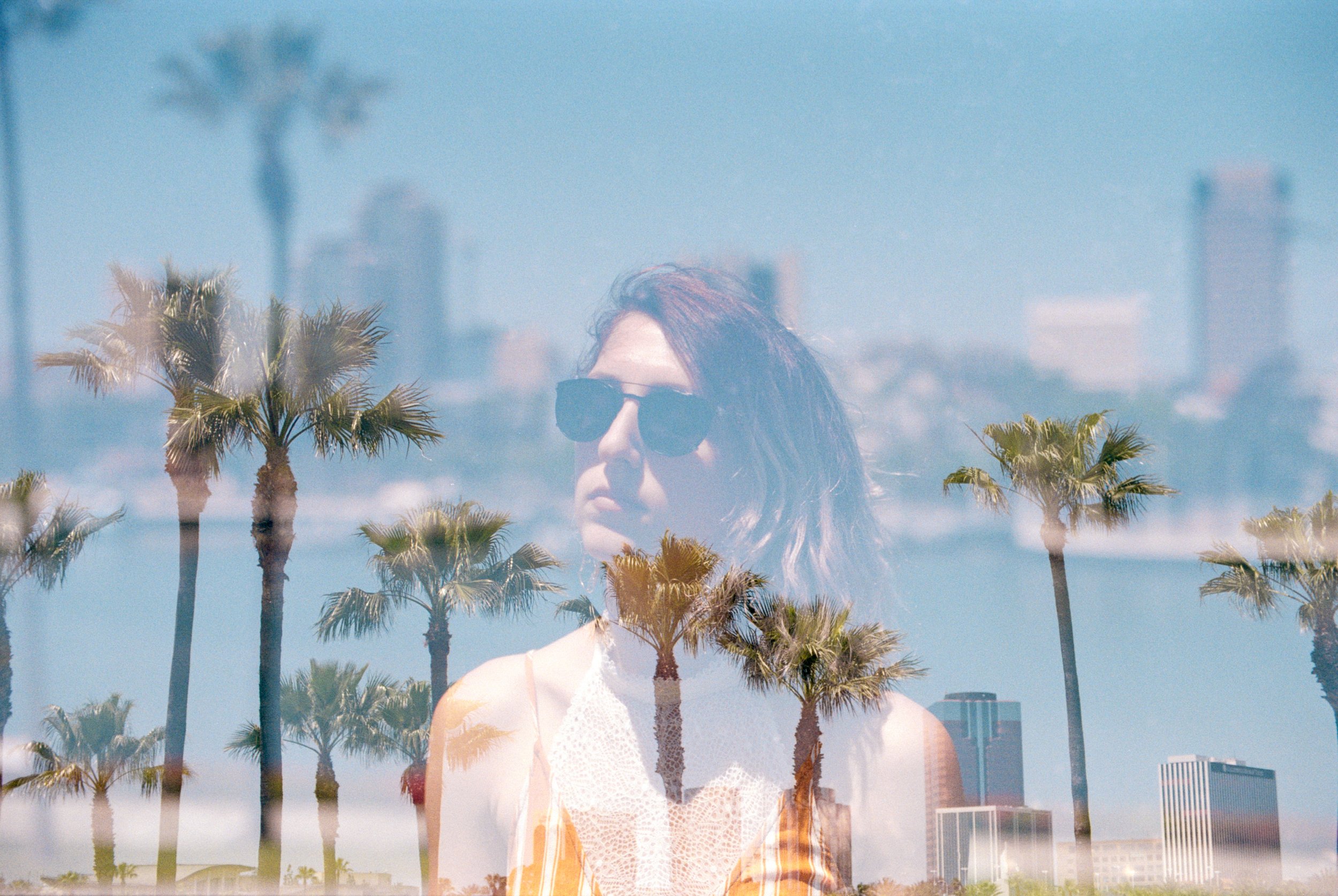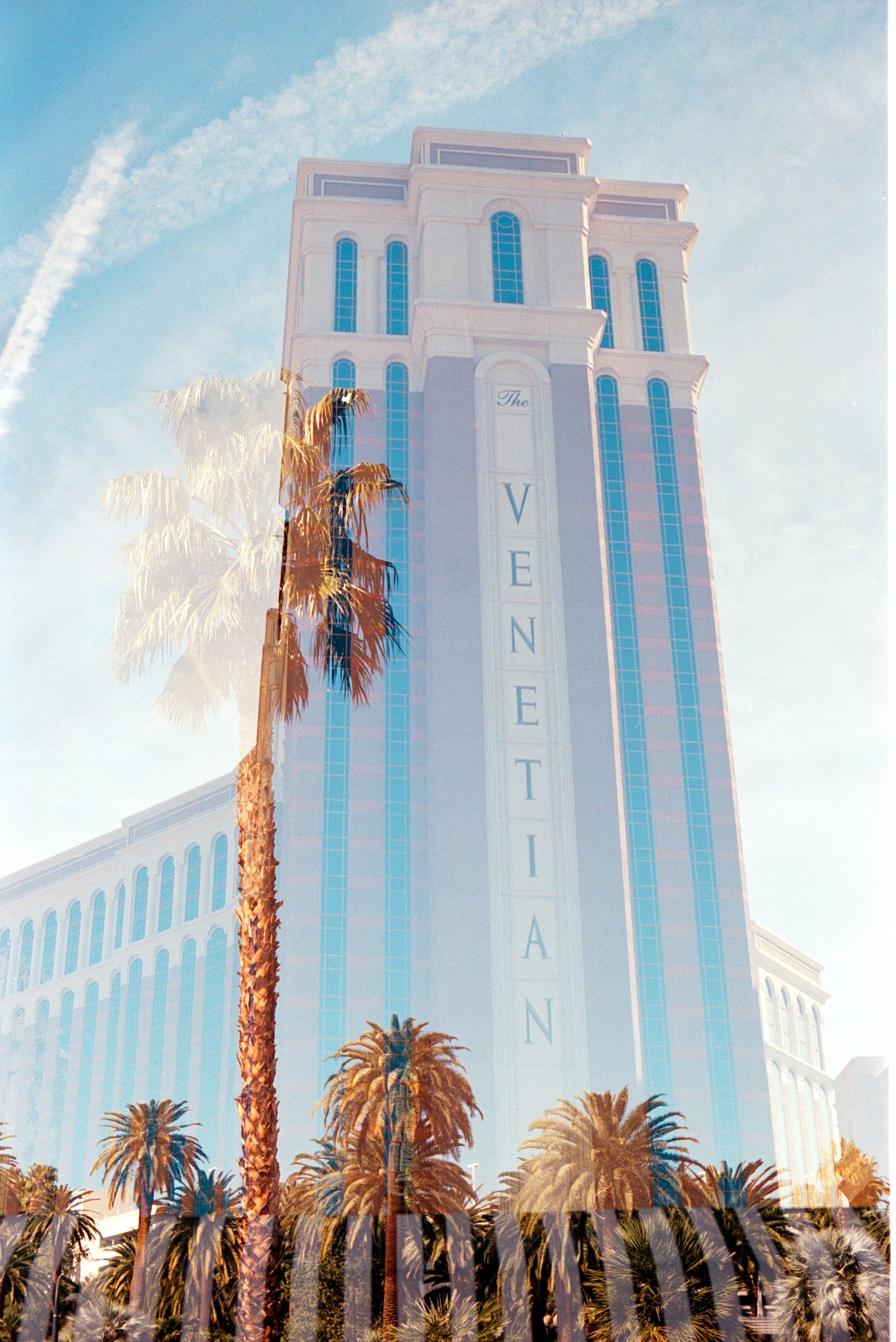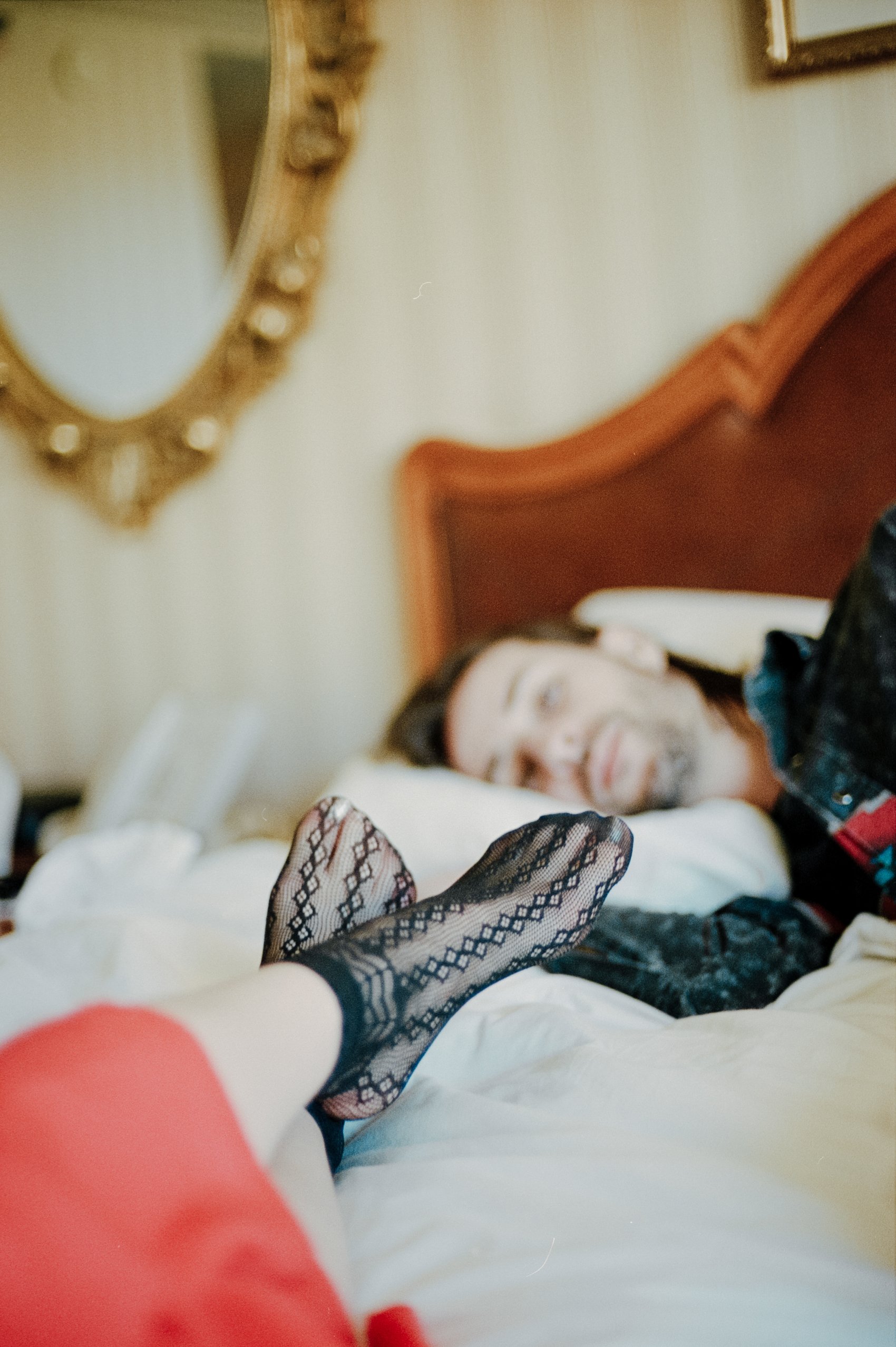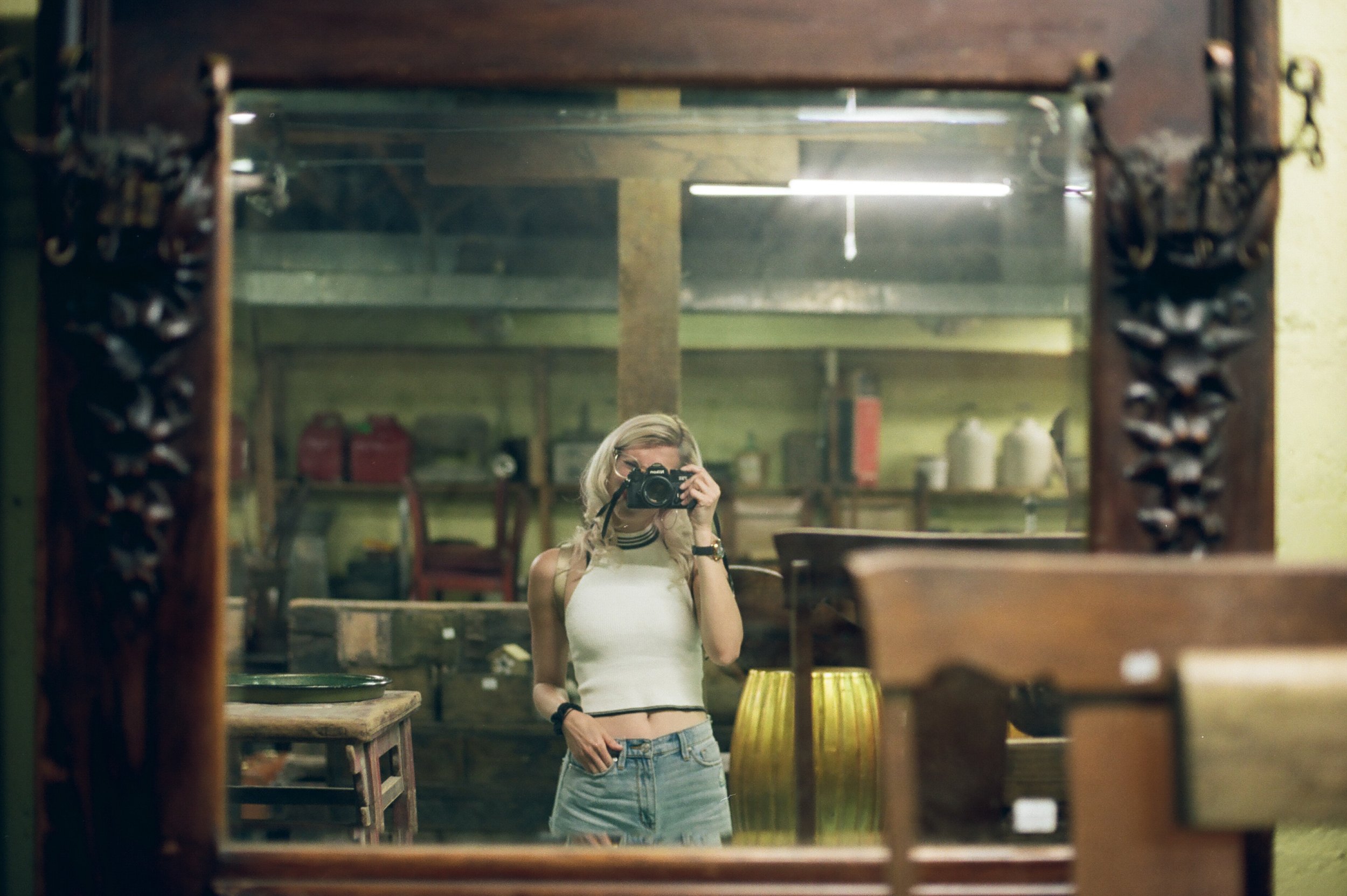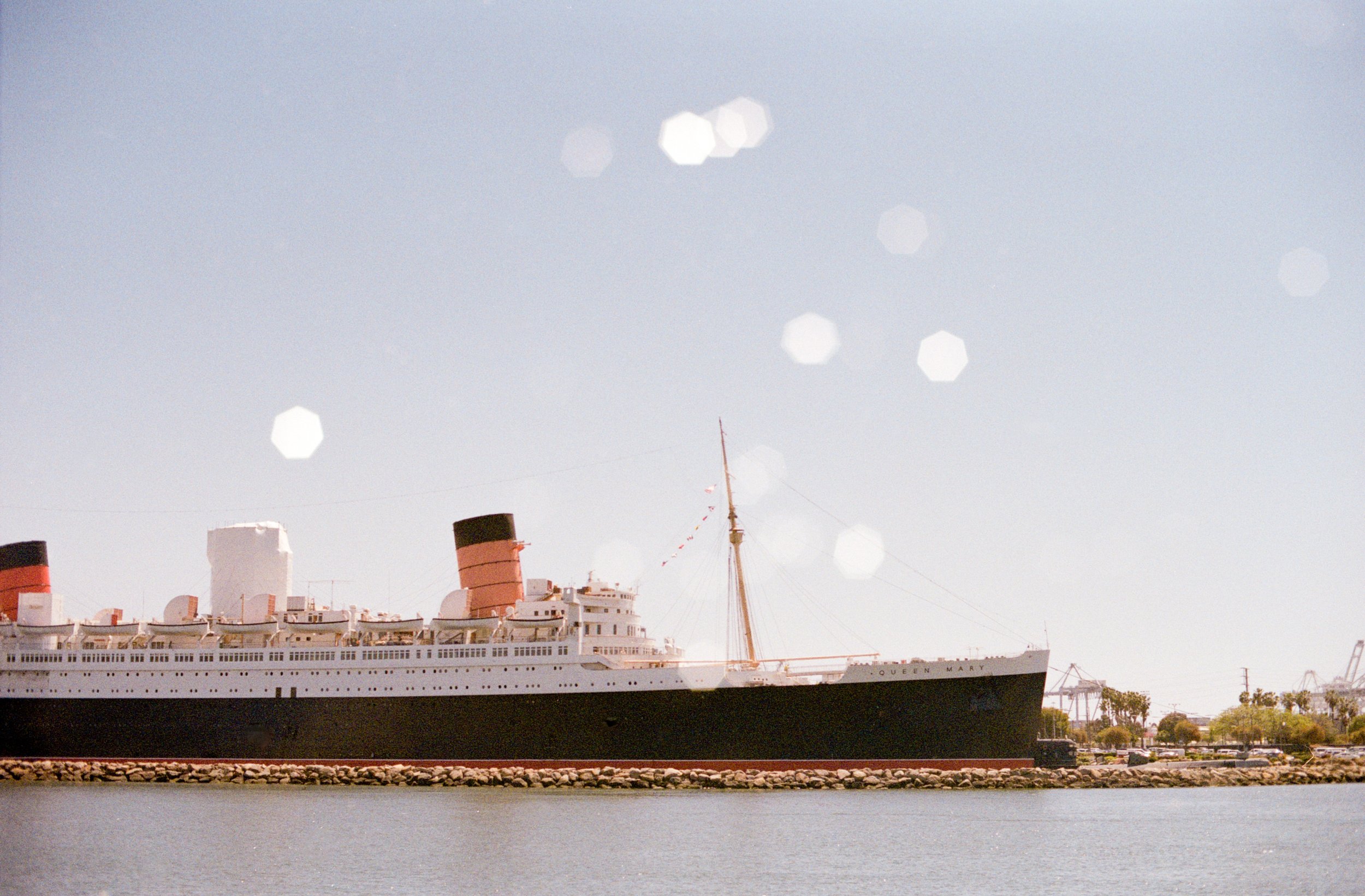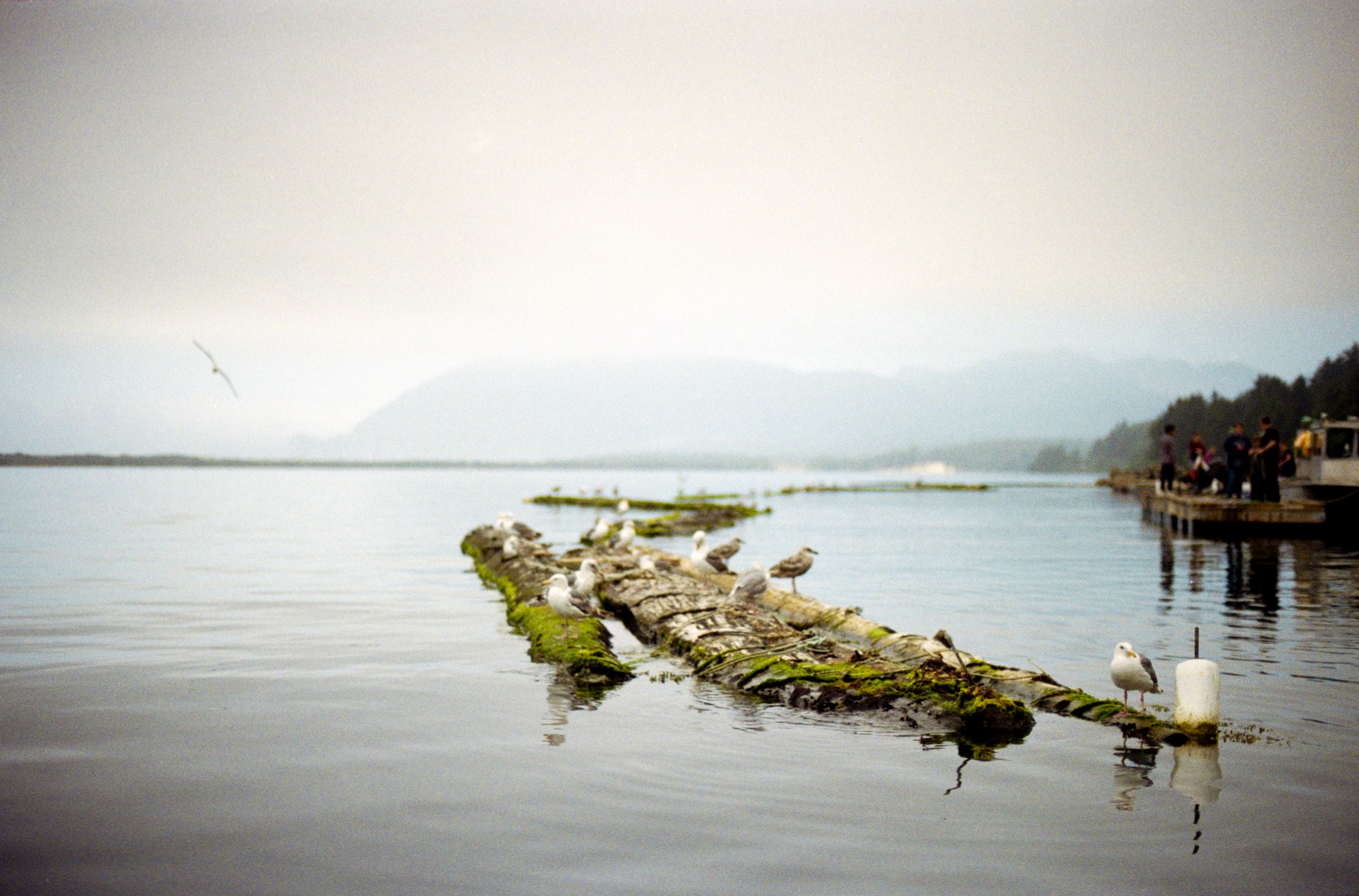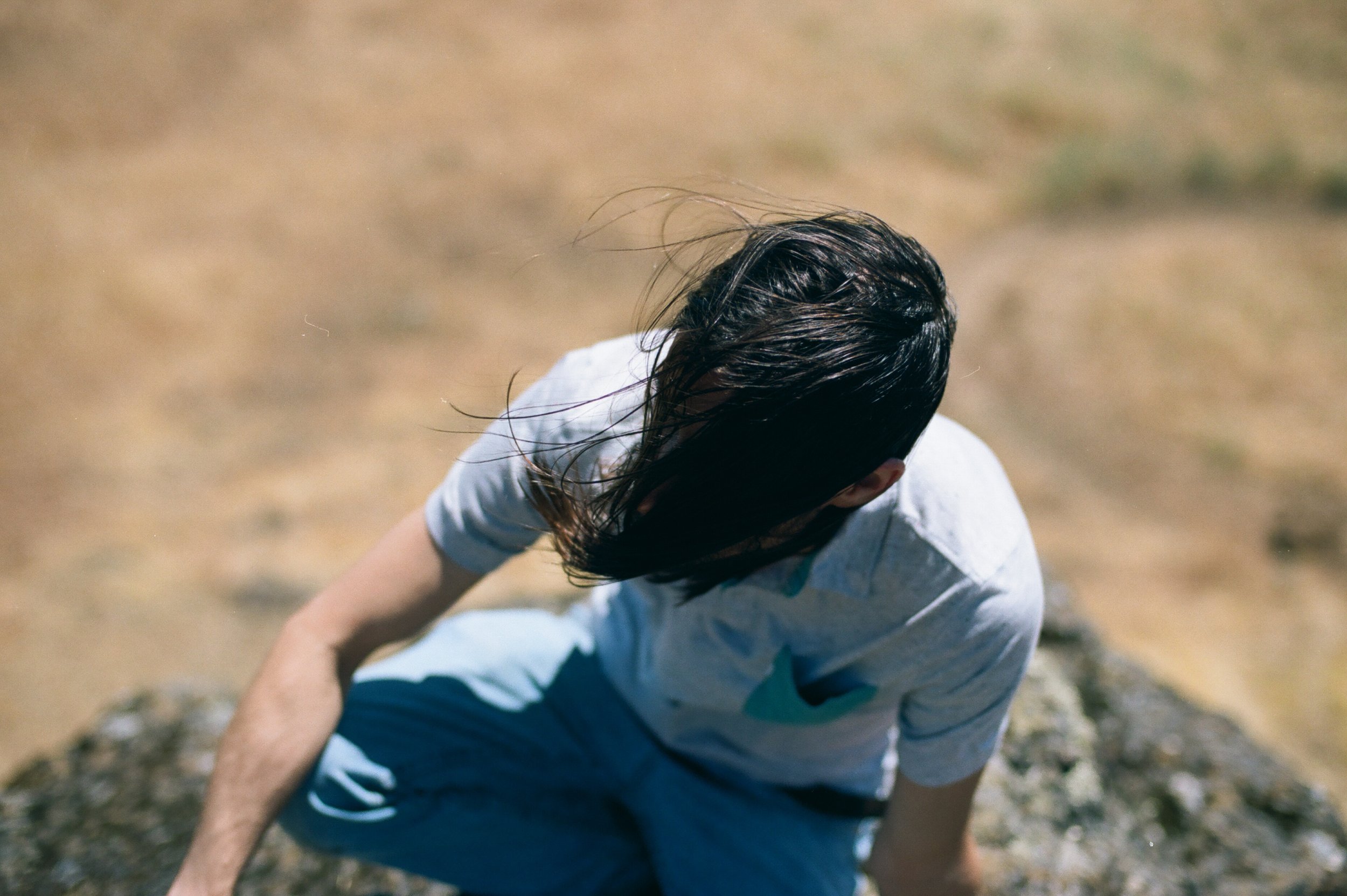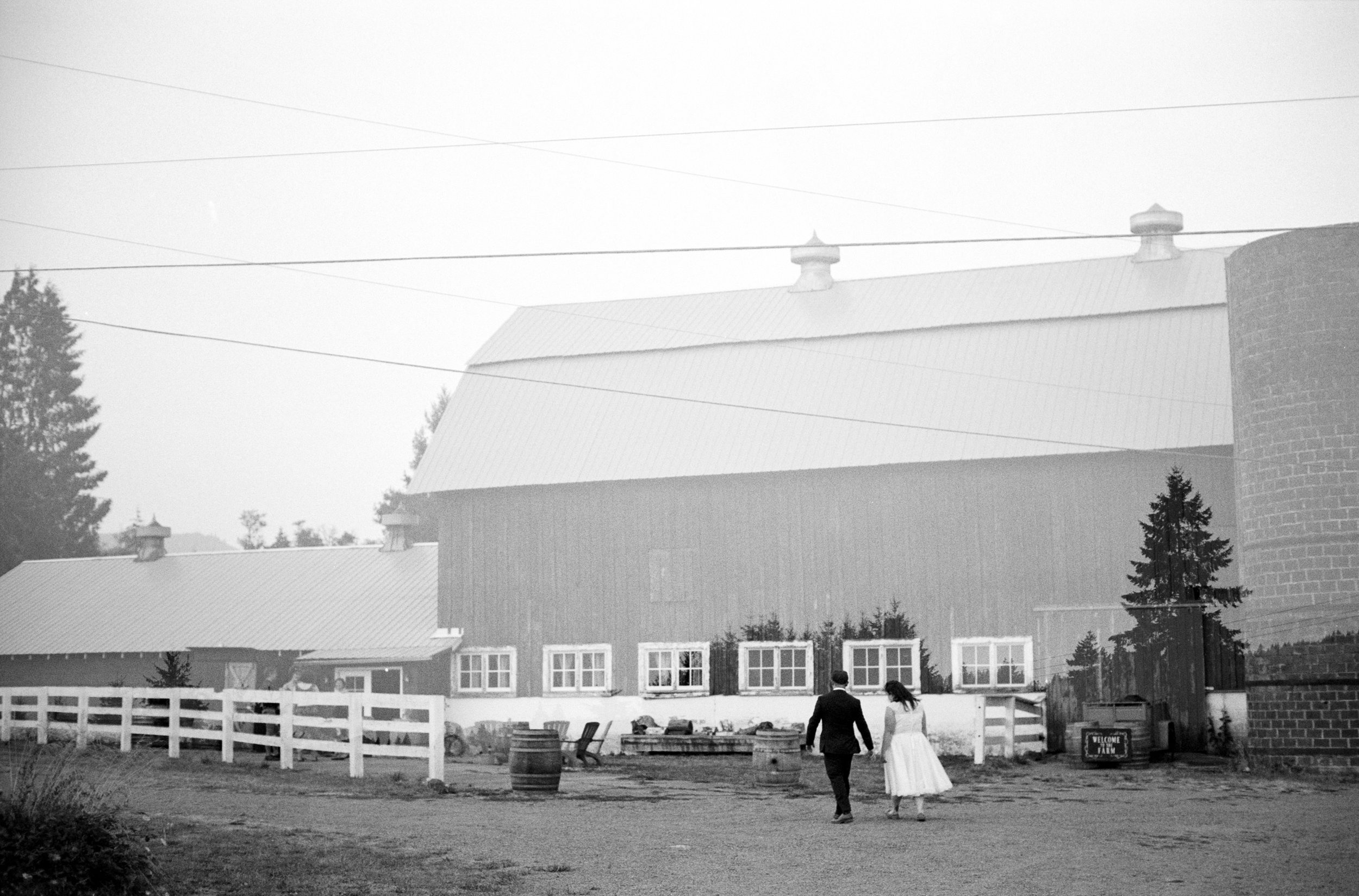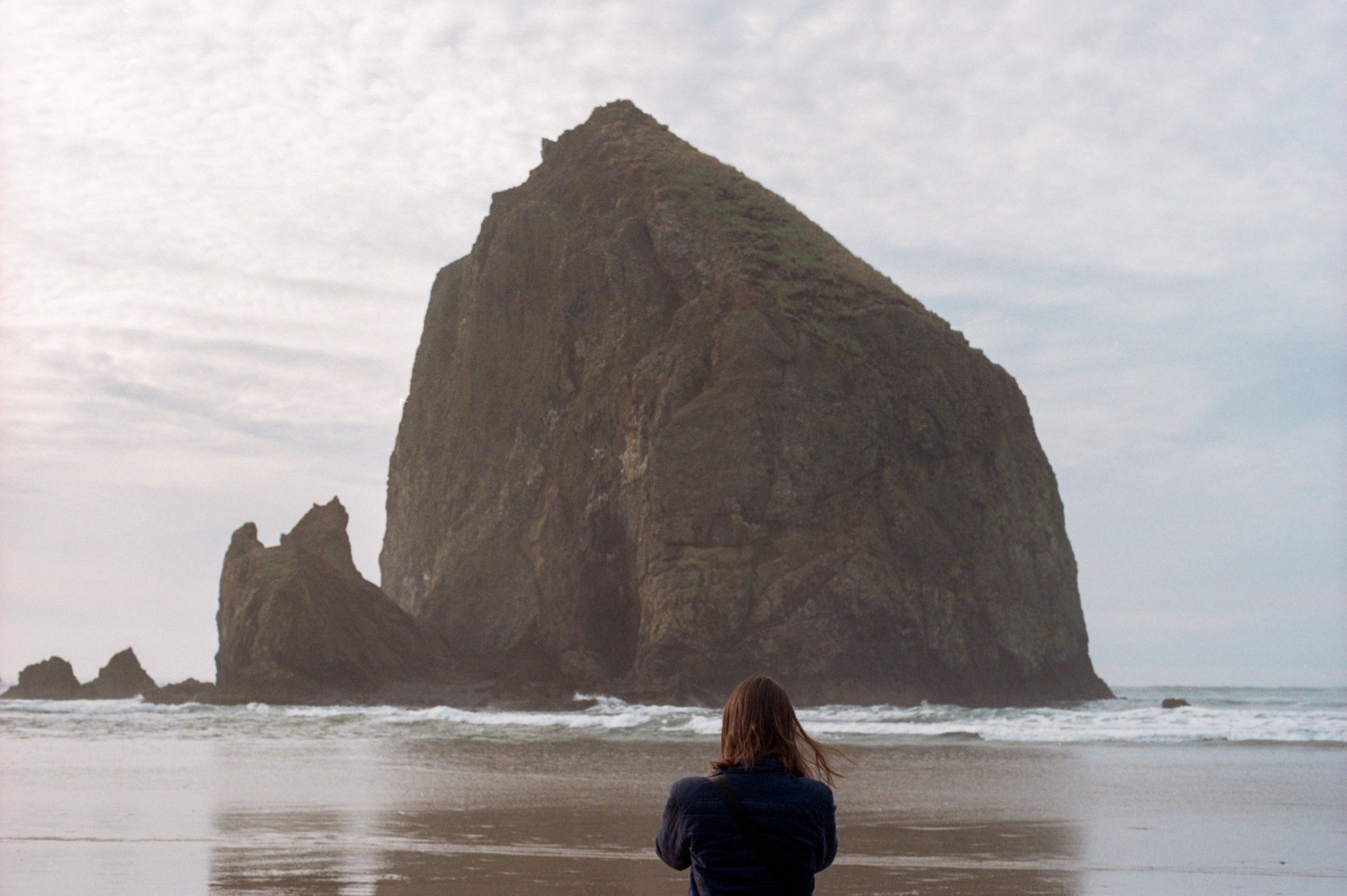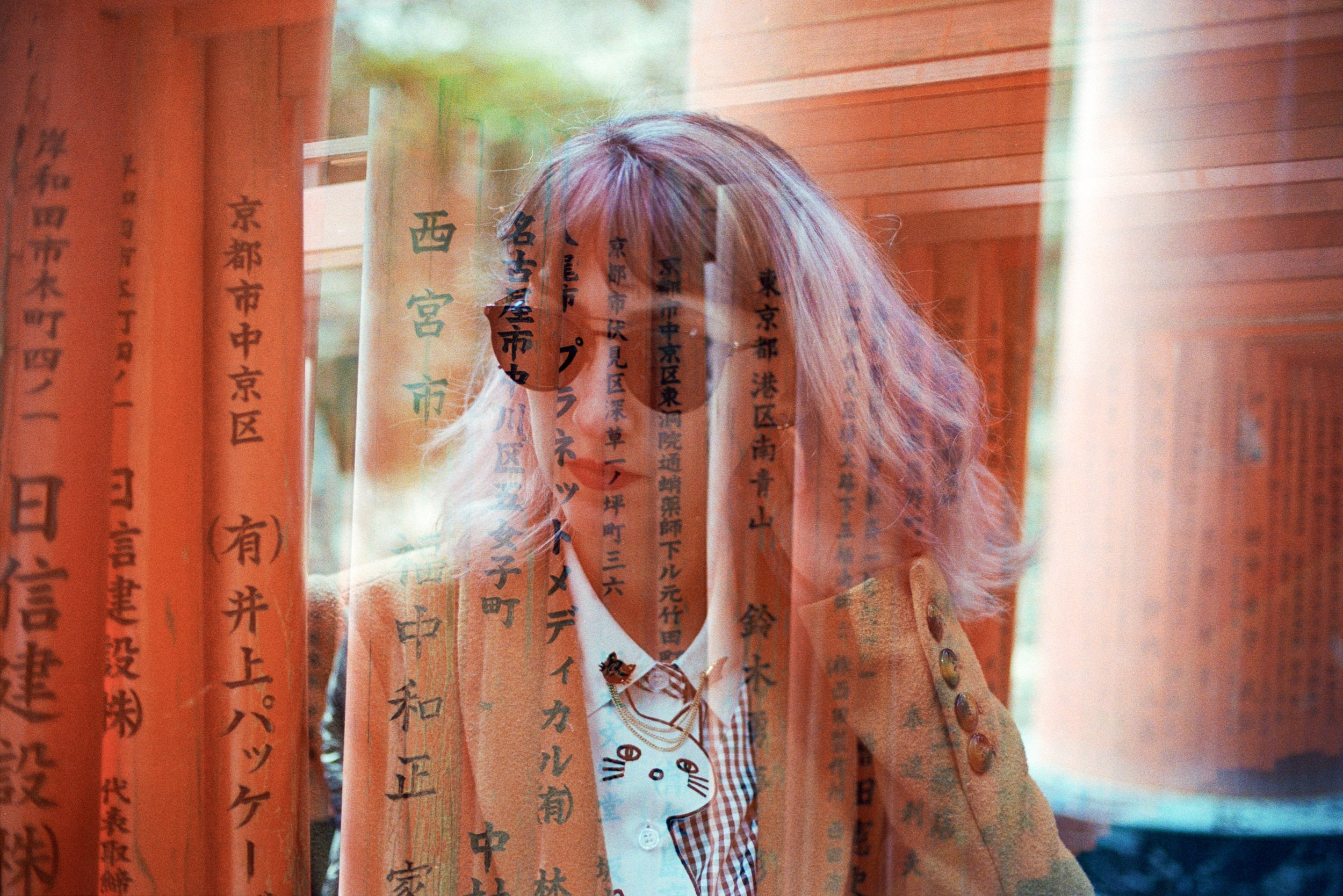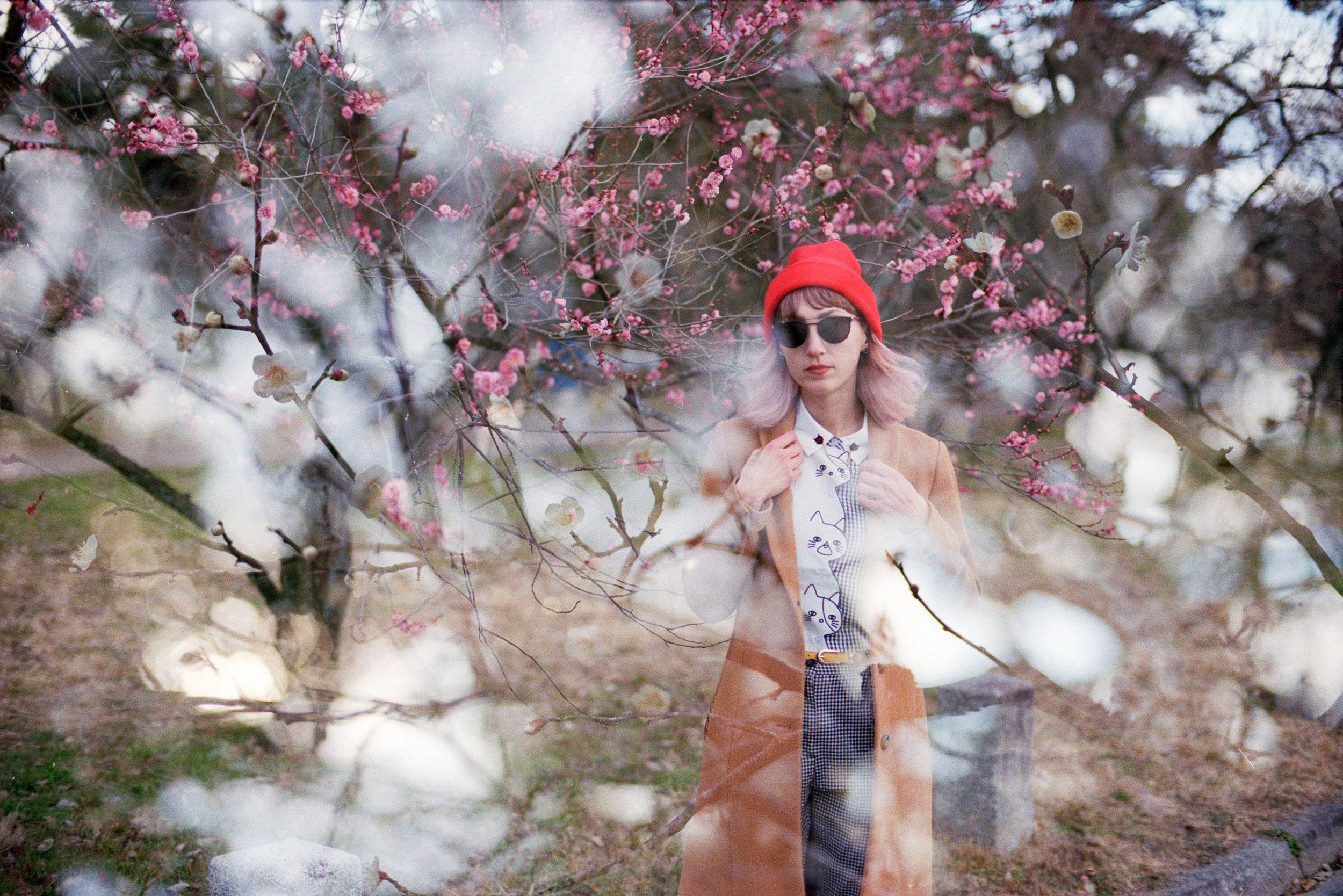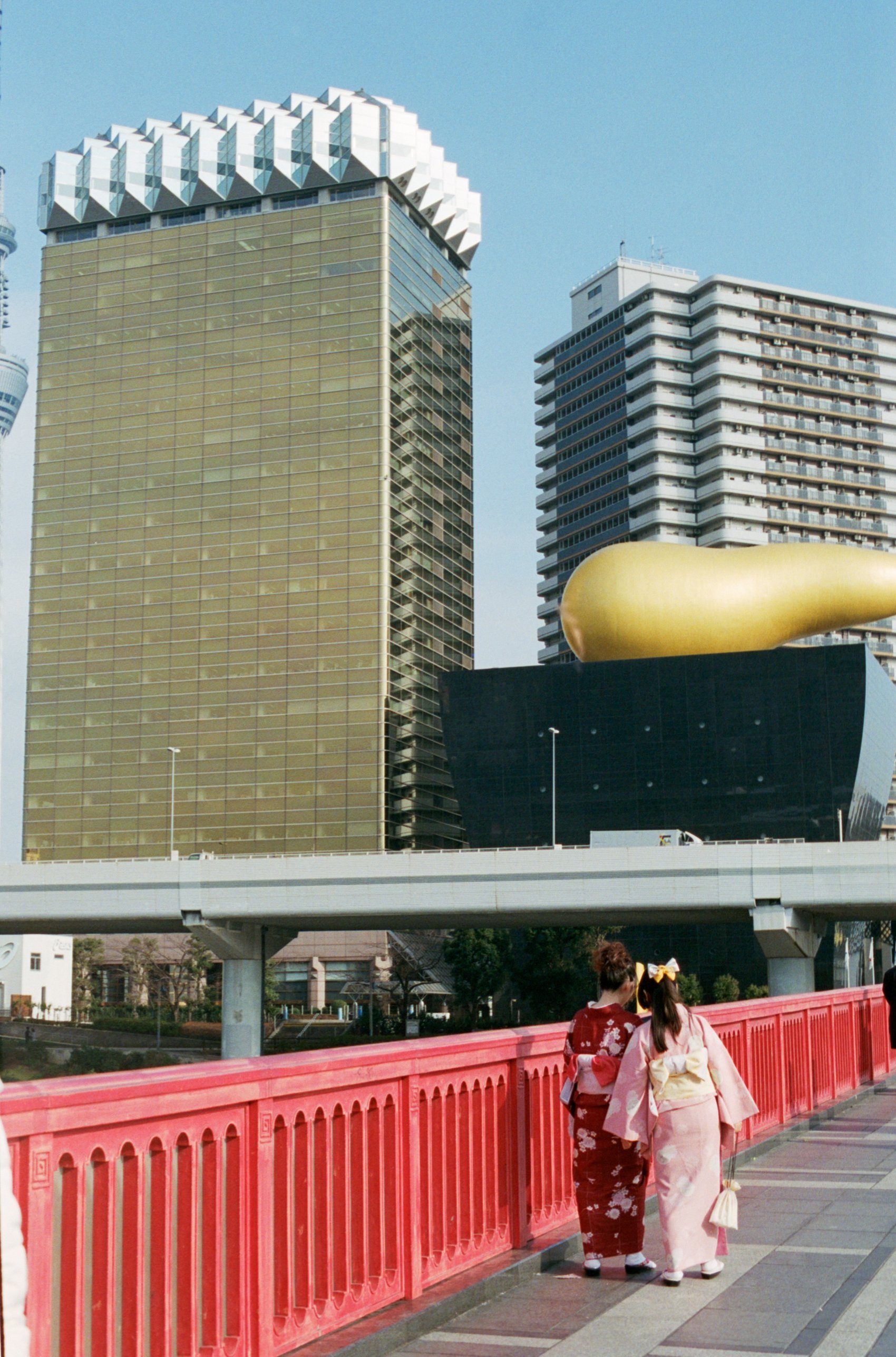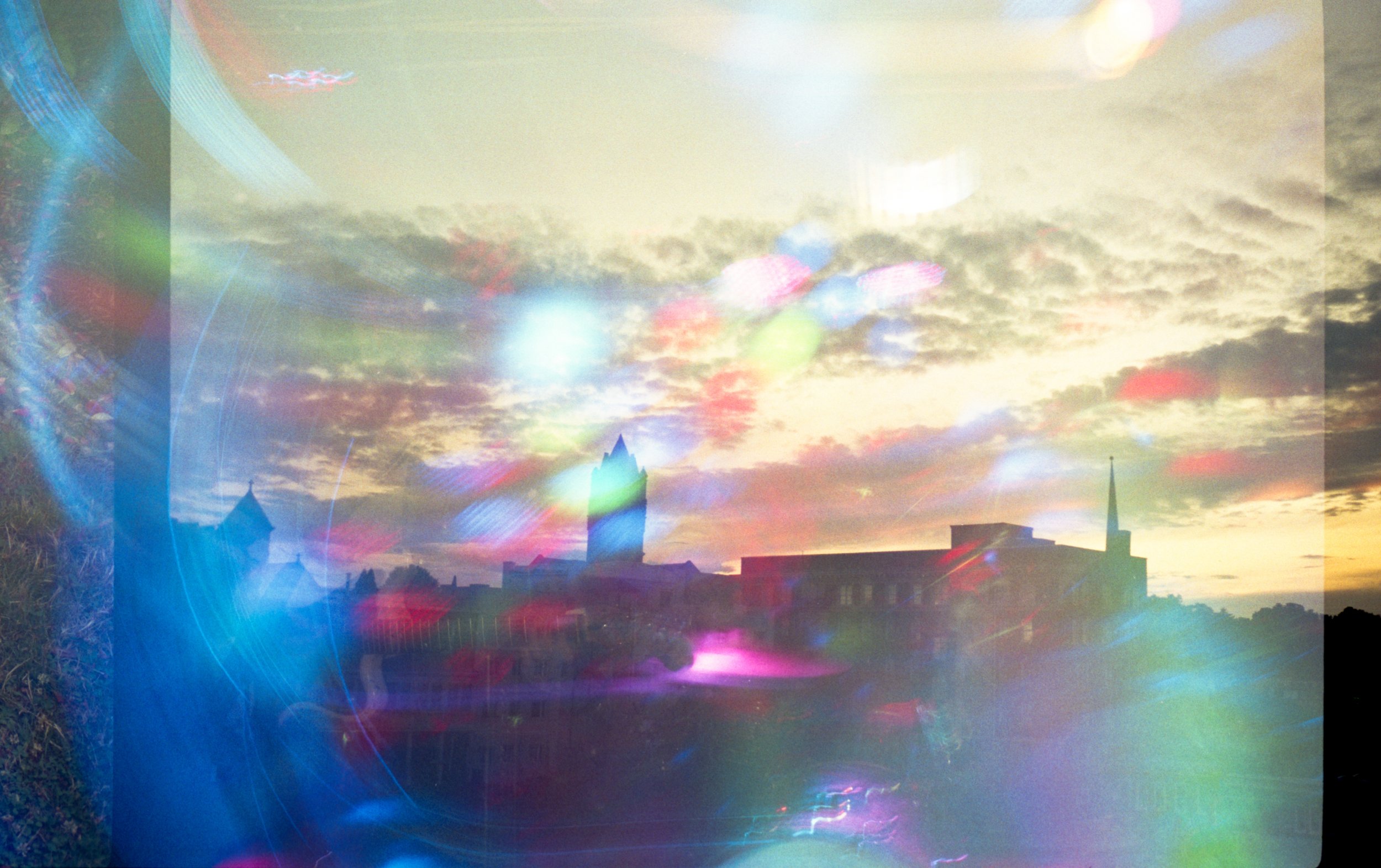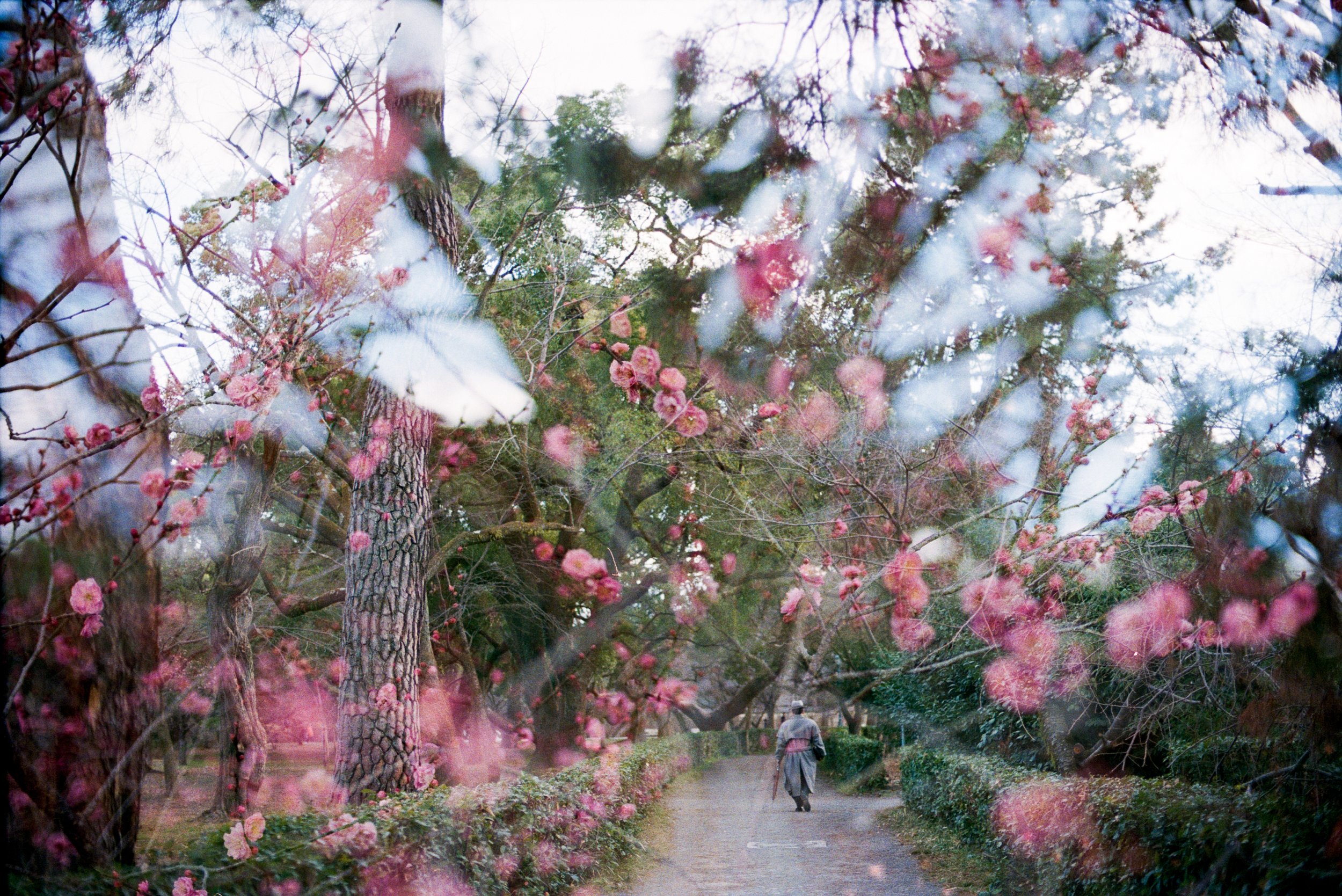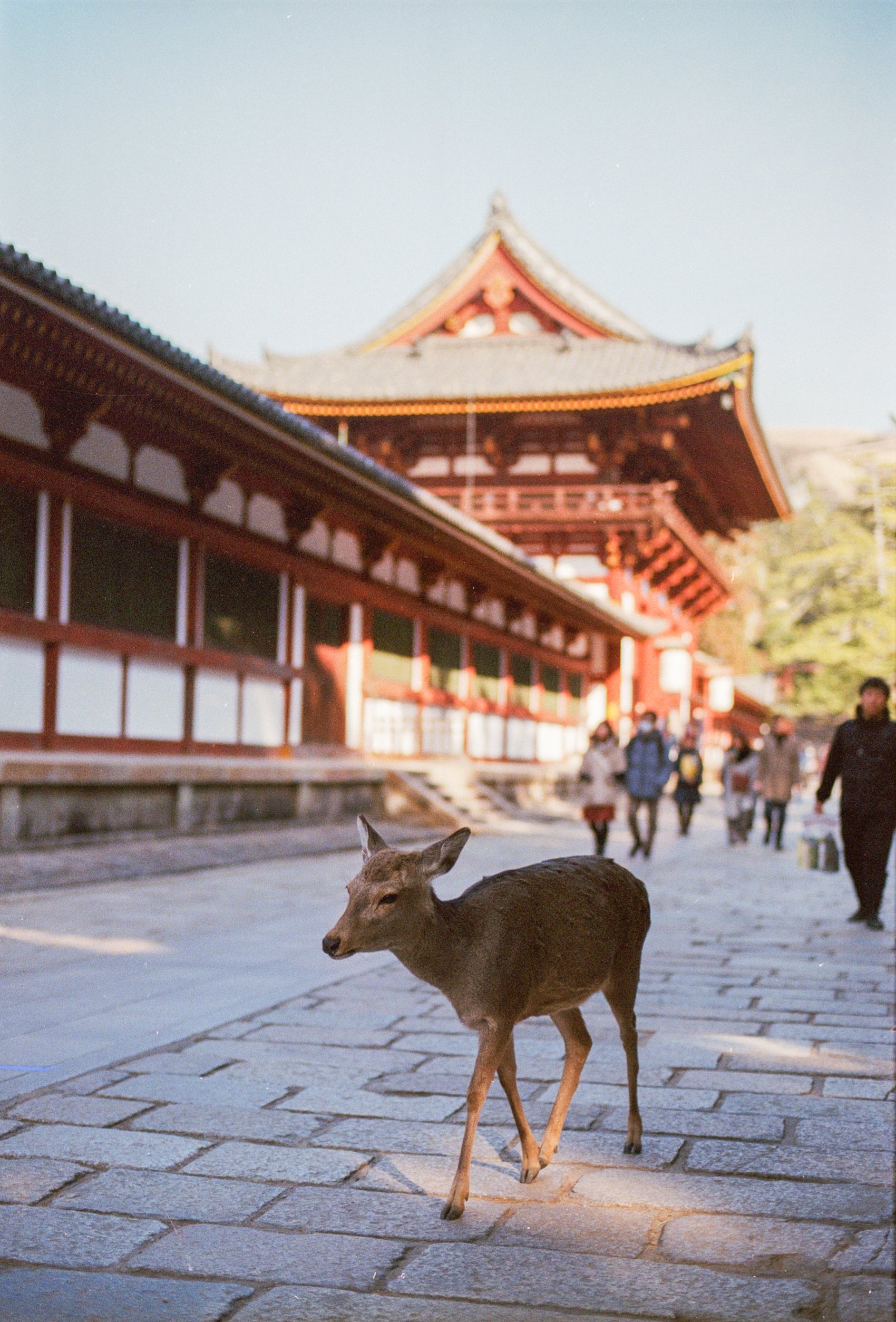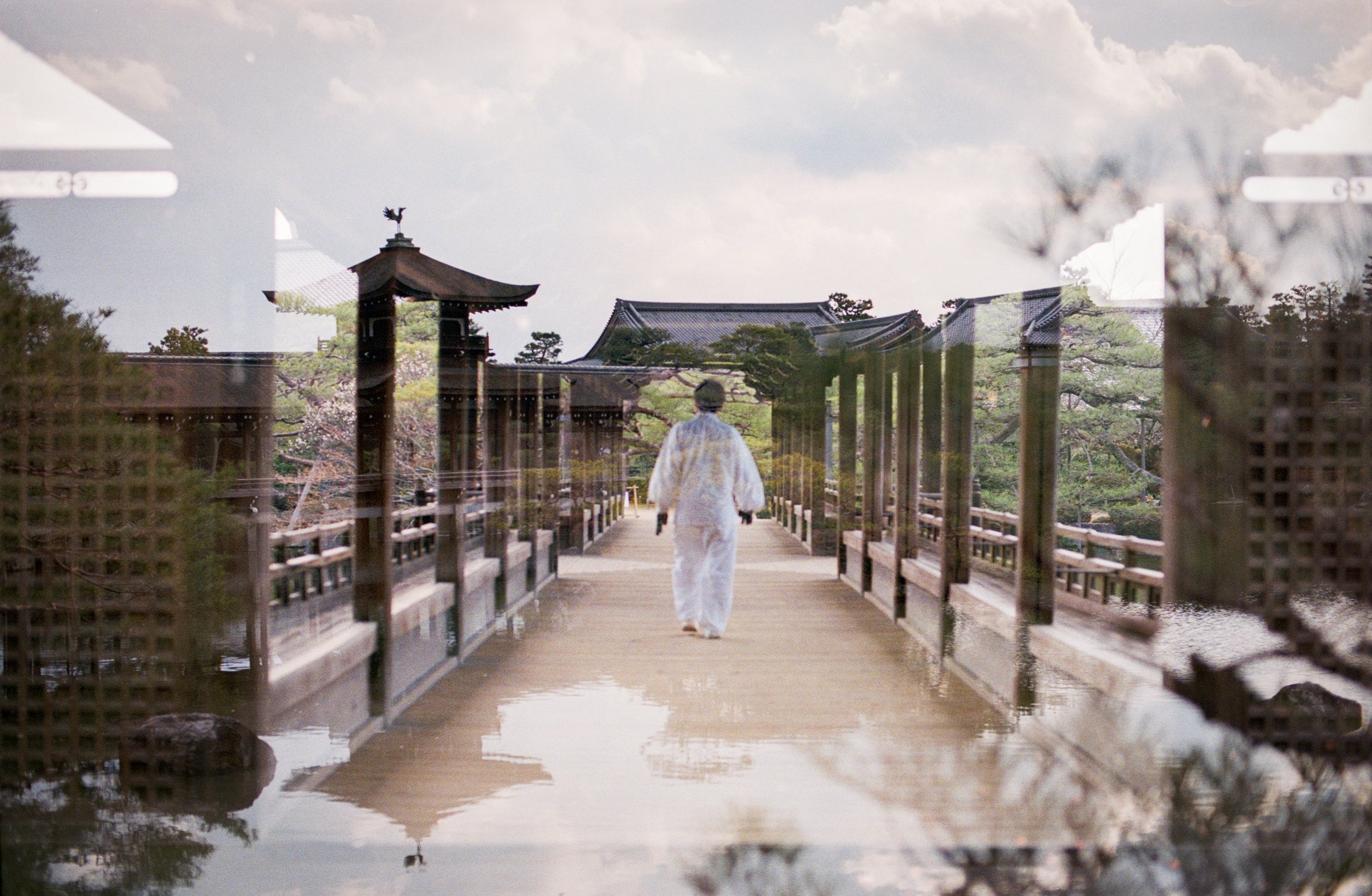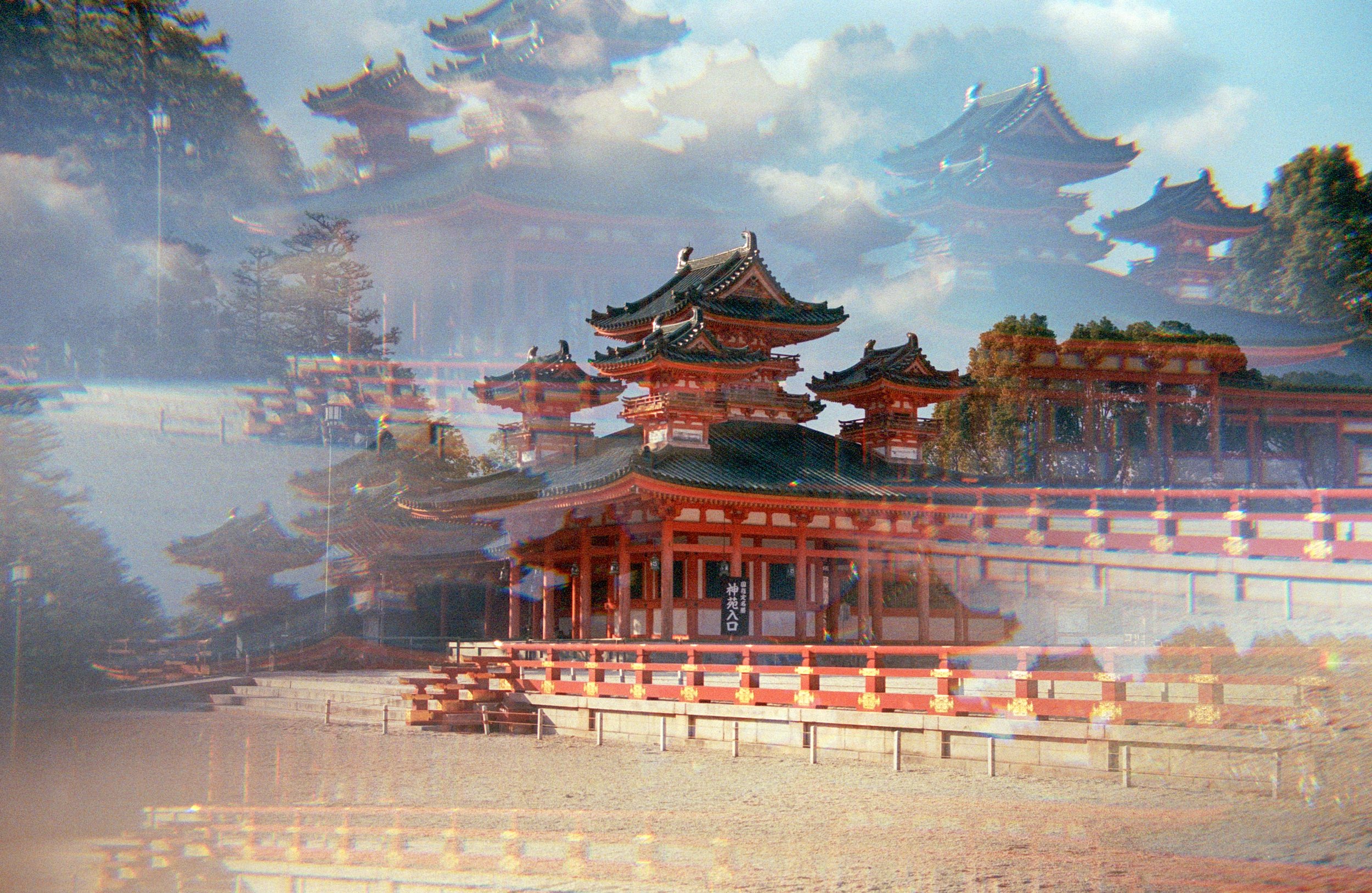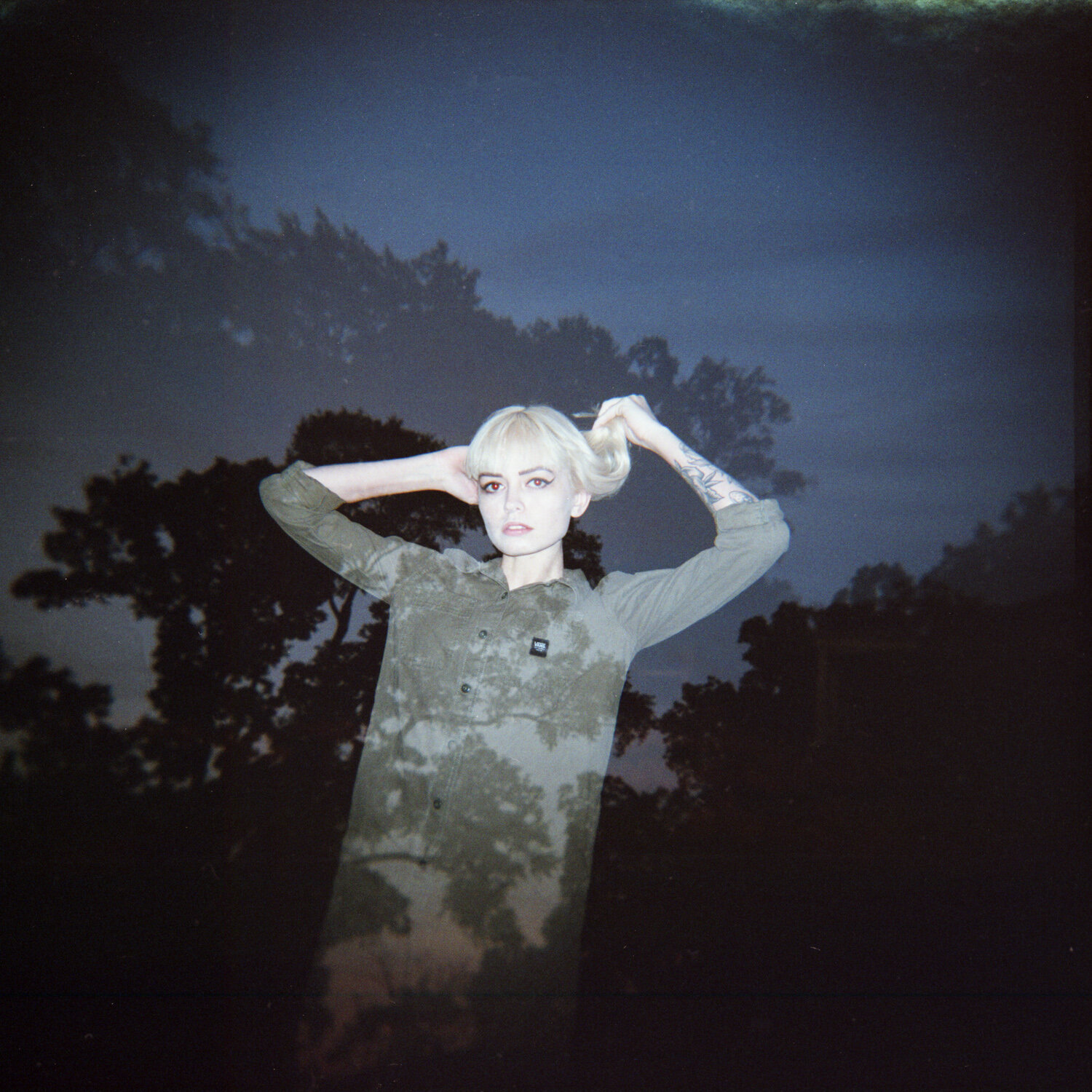In my experience, you can’t really go wrong with any Kodak film. It’s affordable, saturated and reliable. If you’re like me though, you probably want to have at least some idea of what you’re getting yourself into before purchasing film for your camera. So I wanted to share a few of my favorite photos that I took in Japan using Kodak GC/UltraMax 400 Color Negative 35 mm Film. Of course, depending on the camera you use, your images will be slightly different in terms of exposure and sharpness. I was pleasantly surprised by the bright color tones of this film and the full, deep saturation. Before using this film, I hadn’t really heard much about it. It’s not one of those films that people talk about like Kodak Portra or Kodak Gold. But I found the tones to be true and accurate, with beautiful handling in the shadows and in bright environments. I found the skin tones to be lovely as well - not overly orange or off-color. As a 400 ISO film, it is a little bit grainy, but personally, I don’t mind - it gives it that true “film” look. Plus, we had quite a few cloudy days while we were in Japan and the 400 ISO allowed me to get sharp, bright images in lower light environments. I actually find this film to have a cinematic vibe to it too that I wasn’t expecting! I used a Nikon FE2 for all of these photos, which is an amazing camera. You can read more about it here. Or you can watch my YouTube video about the Nikon FE2 here! As you’ll see, I took quite a few multiple exposures with this film and I’m obsessed with how they turned out. There was great detail in the highlights and nothing ended up over-exposed, which is always great if you love creating multiple exposures like I do. :)
I’ve included a ton of sample photos below using Kodak GC/UltraMax 400 Color Negative Film so you can get an idea of how the film handles in various lighting situations and distances. If you have any questions or comments, please share!
Purchase Kodak GC/UltraMax 400 Color Negative Film on Amazon!
Have a magical day!
<3 Myles Katherine
(By using the links and/or codes in this post it supports Myles Katherine Photography. We may get a small kick back by you doing so.)
Kodak GC/UltraMax 400 Color Negative 35 Film Sample Photos
(click to enlarge images)





















